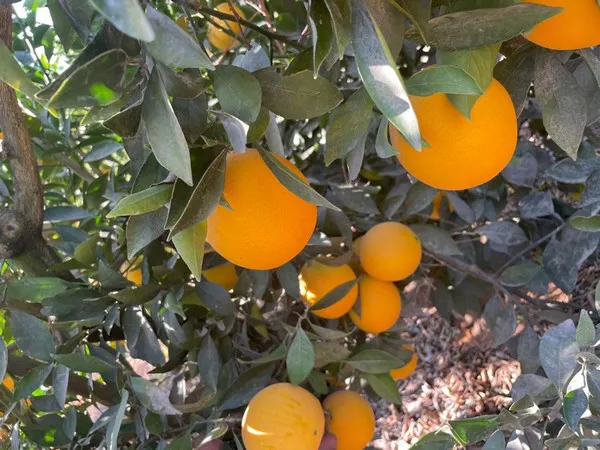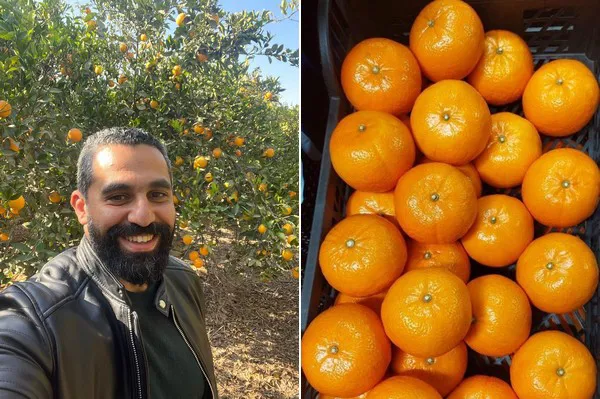Demand has been strong this year for the Egyptian citrus, says Mostafa Ali, commercial manager for Egyptian produce exporter Rula: “At the moment there is a high demand for the mandarin and the late navel varieties like Barnfield variety and the lane-late. For mandarins, there is a high demand for the Tango, W. Murcott and the Honey Murcott mandarins, but there is a shortage on mandarin production for all the varieties. The fact that there is also a shortage for mandarins from Moroccan origin has resulted in high demand for Egyptian mandarins.”

Despite the strong demand, the season is very challenging for the growers and exporters, as their usual markets prefer larger sizes, which aren’t as available as they would normally be, Ali explains. “This season isn’t easy at all to be honest. We’re at the end of the Navel season and are now starting the Valencia oranges, but we are facing a big problem with the sizes this season. When it came to Navels, the sizes were not what you would normally harvest. There was a higher percentage of smaller sizes compared to the larger ones, which affected our ability to supply to the most popular market, such as Russia.”
“For the Valencia oranges the sizes this year range from 80:88/100:113/125 and will give the opportunity to supply to specific markets, while accepting that the shortage or larger sizes will lead to less trade to Russia and China. Most of this season’s production consists of small sizes, about 70 per cent of the production is sized between 80-88-100! Only 10 to 15 per cent of the production is sized 48-56.”

Although there are challenges, Ali also sees opportunities for the Egyptian citrus, if traders target specific markets or European importers accept the situation and order more of the smaller sizes, Ali says: “The Far Eastern markets and European markets will provide the biggest opportunities for Egyptian citrus this year. Spain is facing shortages on larger sizes as well, so in my opinion clients will have to accept and adept to the situation and import smaller sizes. Egyptian traders will have to look for the opportunities that present themselves, as we have to ship both large and small sizes to continue the balance.”
“Another big challenge for Egypt is the inflation of the Egyptian currency, which has an impact on everything that is related to costs of cultivating and doing business in the fruit and vegetable trade. Raw materials, paying workers, packaging materials and shipping are all making the situation and profitability more difficult. Prices for citrus are also not on a very good level globally, so there’s a significant gap between the prices the buyers want to pay, and the price suppliers need to receive,” Ali concludes.
Mostafa Ali
Rula for Land Reclamation
Tel: +201007350313
Email: Mustafa.ali@wadigroup.com.eg
www.rulafarms.com
